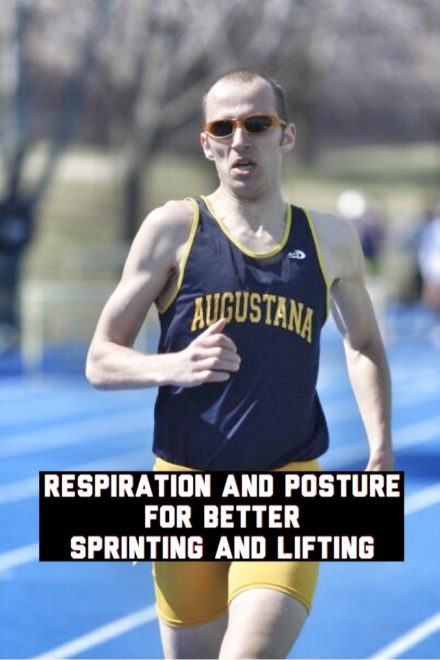Tag: trunk

Respiration and Posture for Better Sprinting and Lifting
Want to help your clients and athletes perform at a higher level by incorporating breathwork? I recently did a q&a…
Movement Chapter 6: Functional Movement Screen Descriptions
This is a chapter 6 summary of the book “Movement” by Gray Cook. Screening Keys The FMS is not considered…
